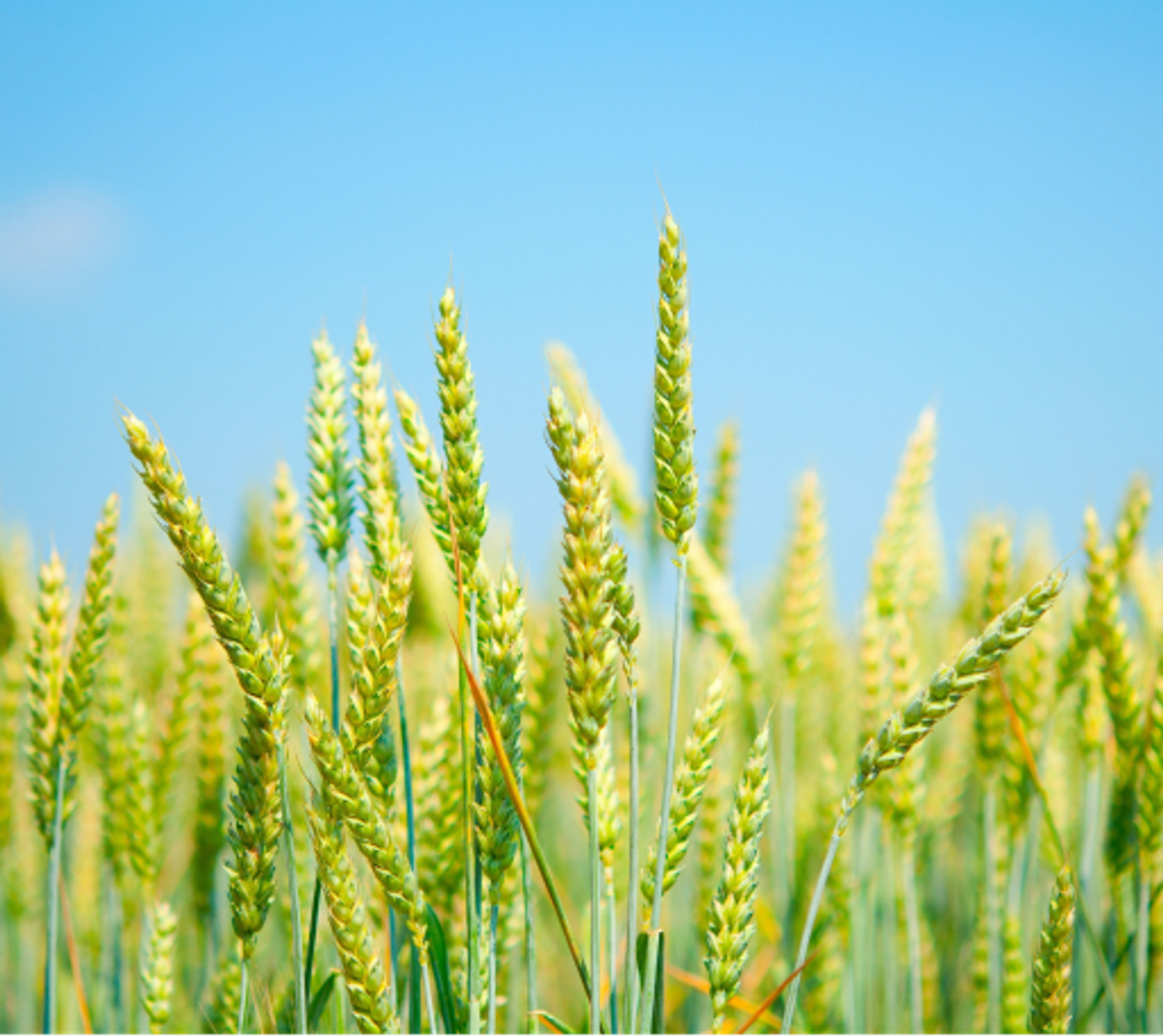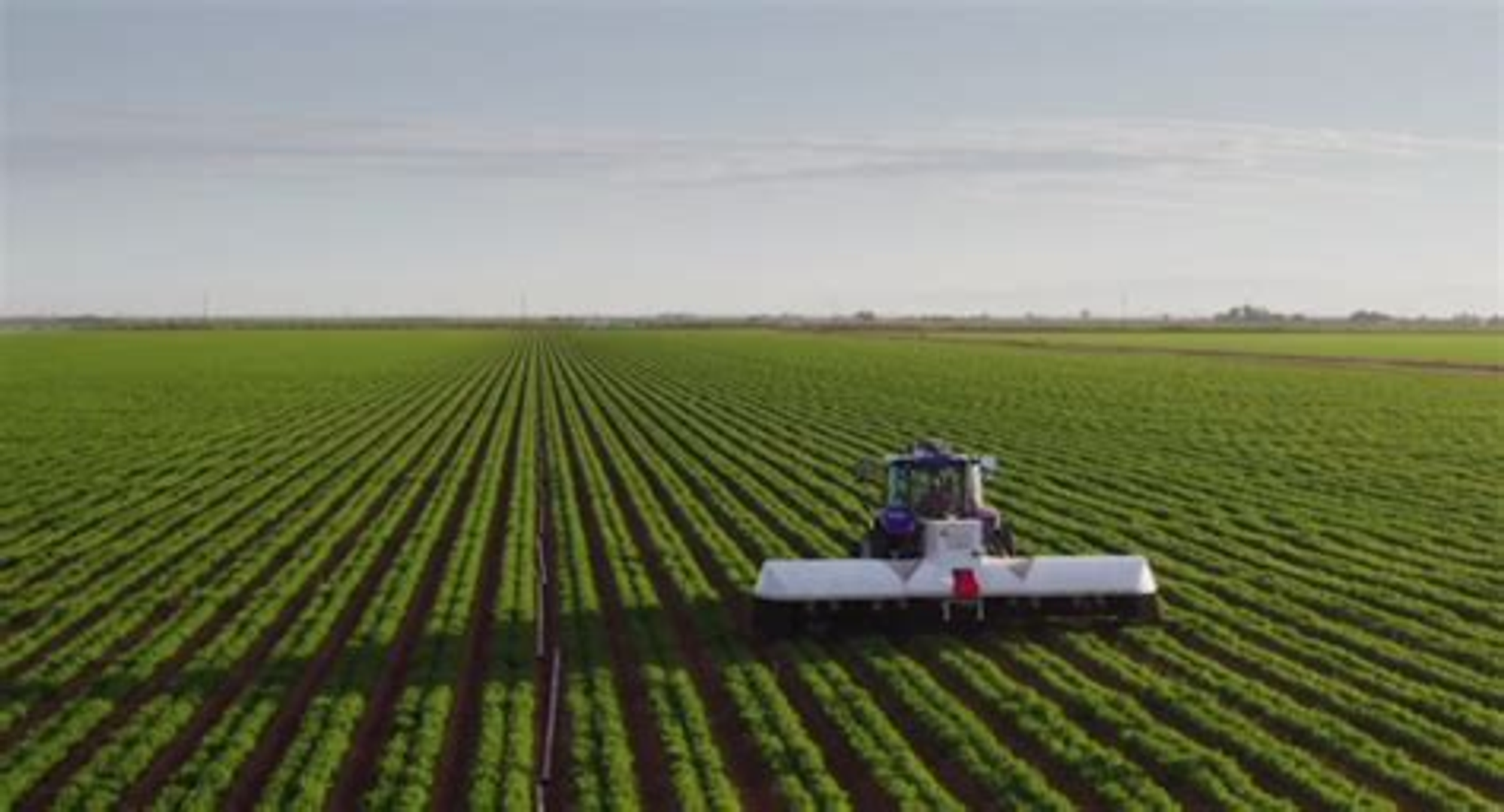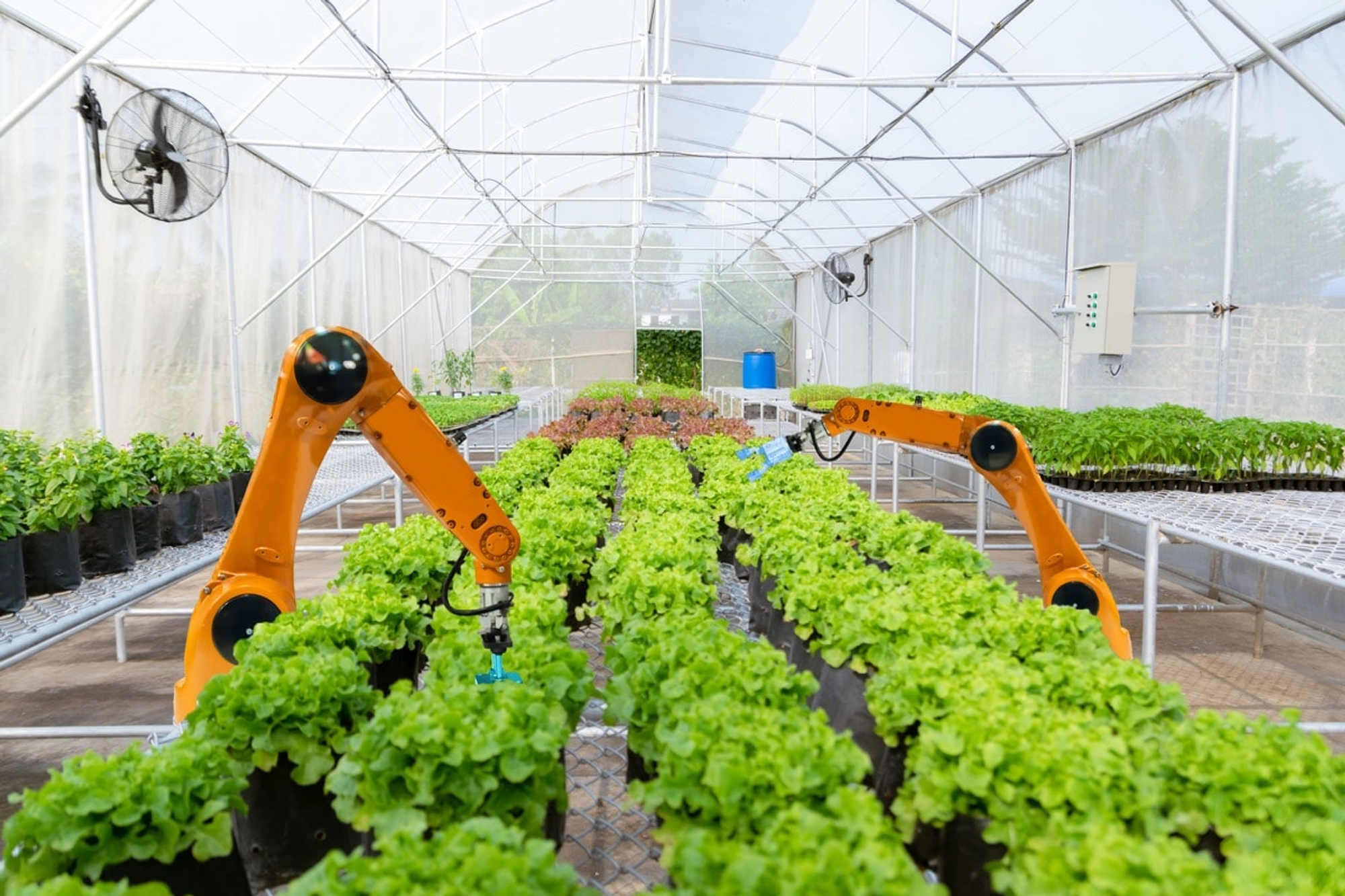
January 22, 2023
As an AI enthusiast I am really excited about artificial intelligence's potential in the agricultural industry. The Food and Agriculture Organization of the United Nations projects that by 2050, there will be over 9 billion people on the planet, placing increased pressure on the agricultural production system to increase productivity, efficiency, climate change resilience, and sustainability for future generations. A potential answer to these problems has been deemed to be artificial intelligence.
Research has demonstrated that AI can be useful in agronomic fields including soil management and weed control. A significant aspect of the Agriculture 4.0 age is the utilization of digital data, particularly the Internet of Things (IoT). Devices and sensors are capable of collecting a wide range of data that can be applied to the creation of computer vision, acoustic event, and data processing applications. These tools can support decision-making for farmers, improving the productivity and sustainability of agriculture.

A tractor using AI to map weeds and crops, fertilizing crops and removing weeds
Aside from these uses, agricultural robots have made significant advancements in recent years. These robots can be utilized for a range of functions, including crop monitoring, understanding and forecasting agricultural output characteristics, and better utilizing natural resources. The research and potential use of these technologies seem promising, notwithstanding the difficulties in adapting these machines and algorithms to real-world settings.
But before AI-based technology can become widely used in markets, there are significant issues that need to be resolved. These include the uneven distribution of automation, the accuracy and speed with which algorithms can handle massive amounts of data, and the security and privacy of both the data and the devices.
I am enthusiastic about the potential of AI in agriculture despite these difficulties. To solve food shortages and accommodate the needs of a growing population, the agricultural sector must be able to increase efficiency, sustainability, and productivity. I look forward to working with clients in the agricultural industry as an AI business consultant to revolutionize their operations and accomplish their goals by utilizing the power of AI and other technologies.

Precision farming is one of the most exciting uses of AI in agriculture. Precision farming is an agricultural management idea that maximizes crop yield and resource usage by using information technology. Making informed judgments about planting, fertilizing, and pest control entails gathering data from a variety of sources, including drones, weather sensors, and satellite imaging. For instance, using precision farming methods, it is possible to produce precise maps of the field's conditions, such as the kind of soil, terrain, and vegetation. These maps can be used to identify low crop yield areas, improve planting patterns, and spot possible issues like pests and diseases. By giving farmers comprehensive data regarding soil moisture, nutrient levels, and meteorological conditions, precision farming can also be utilized to increase the effectiveness of fertilization and irrigation.
The optimization of animal output is a further use of AI in the agriculture sector. AI-based systems can be used to forecast disease outbreaks, optimize feed and nutrition, and monitor the health and welfare of animals. As a result, producers' expenses may go down and animal productivity may increase. AI-based systems, for instance, can be employed to identify early symptoms of disease in animals, such as variations in body temperature, heart rate, and respiration rate, and alert farmers so they can take the necessary precautions. In order to improve breeding programs and increase animal productivity, AI can also be deployed. Artificial intelligence-based technologies, for instance, can be used to evaluate genetic data and forecast which animals will breed the highest-quality progeny. Farmers may be able to make better breeding decisions as a result, which may boost output and improve animal health.
We may anticipate greater automation and robotics in agriculture-related jobs including planting, harvesting, and post-harvest processing in the future. Robotics and automation technology can increase productivity, lower labor expenses, and be used in places that are challenging for human employees to reach. For instance, remote, hilly, or climatically challenging places can be planted and harvested using robots and drones.
AI has immense potential for the agricultural sector, from enhancing traceability, food safety, and sustainability to optimizing crop and livestock output. It makes me happy as an AI business consultant and I am looking forward to collaborating with clients in the agricultural industry to use AI and other technologies to alter their operations and accomplish their objectives.